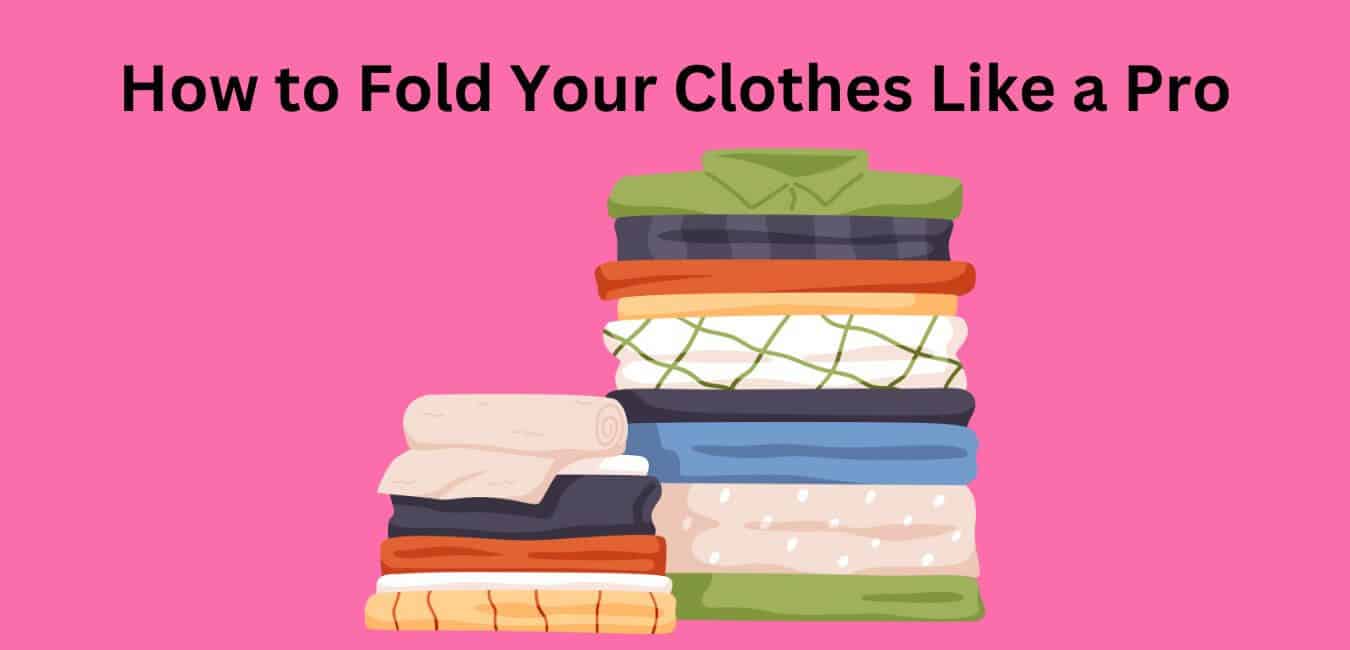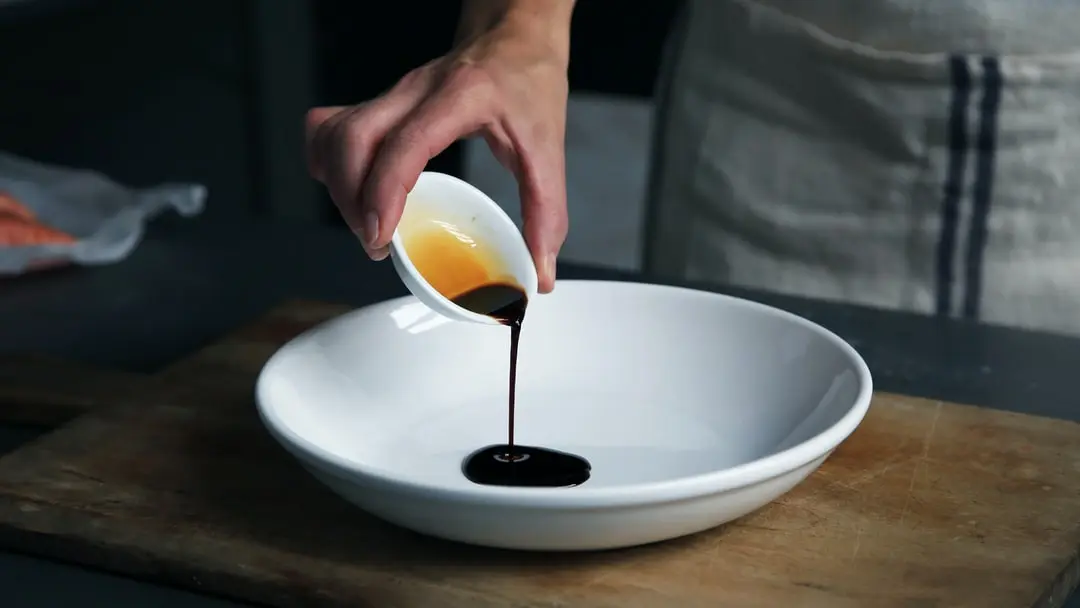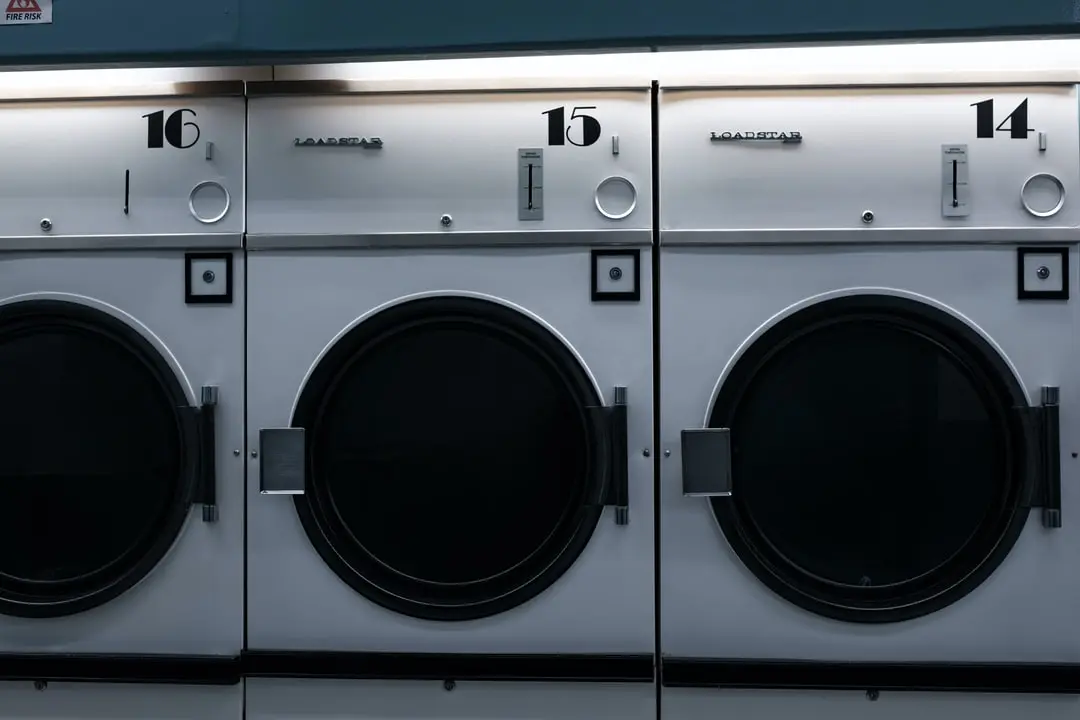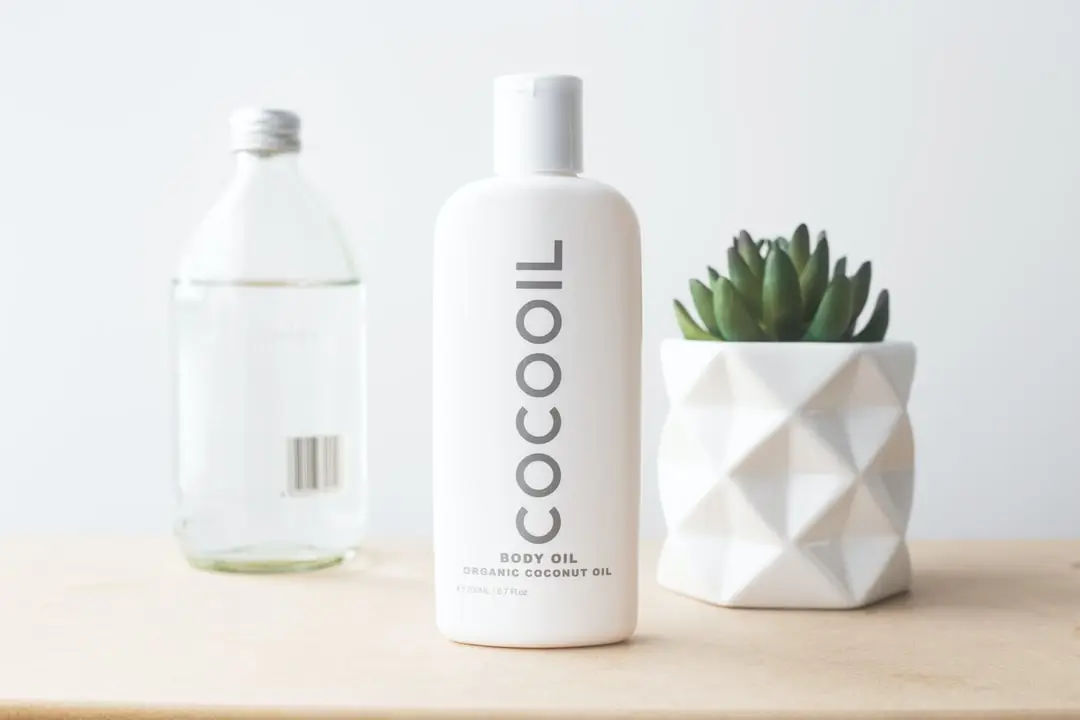In an increasingly fast-paced world, every minute counts. And when it comes to mundane chores like folding clothes, it’s all about finding efficiency while maintaining a sense of order and aesthetics.
While many consider folding clothes as a mindless task, the truth is that mastering this chore can save you time, space, and keep your wardrobe in pristine condition. Whether you’re a neat freak looking for perfection or simply someone who wants to streamline their daily routine, learning how to fold your clothes like a pro is an invaluable skill that can transform the way you approach household tasks.
In this article, we will unveil the secrets behind professional clothing folding techniques and provide step-by-step instructions on how to achieve wrinkle-free garments and organized drawers effortlessly.
The importance of proper clothing folding
Proper clothing folding is important for several reasons. Here are a few key benefits:
- Neat and organized appearance: Folding your clothes ensures that they are neatly stored and easily accessible. This not only helps to keep your closet or drawers organized but also gives your wardrobe a more polished and put-together look.
- Space-saving: Folding clothes in a compact and uniform manner helps to maximize storage space. By neatly folding your garments, you can fit more items into your drawers or closets, allowing for better organization and efficiency.
- Reduced wrinkles: Folding clothes properly helps to minimize wrinkles and creases, keeping your garments in better condition and making them easier to wear without the need for ironing or steaming.
- Easy identification: When clothes are folded neatly, it becomes easier to identify and locate specific items. This saves time and effort when getting dressed and prevents the need for rummaging through messy piles of clothes.
By following proper folding techniques, you can enjoy these benefits and maintain an organized and functional wardrobe.
Benefits of organizing clothes
Organizing your clothes has numerous benefits that go beyond just having a tidy closet. Here are some of the key advantages:
- Save time and energy: With an organized wardrobe, you’ll be able to find your desired clothing items quickly and easily, eliminating the frustration of searching through cluttered drawers or hangers.
- Maximize space: By properly folding and organizing your clothes, you can optimize your storage space and fit more items into your closet or drawers. This is especially beneficial for those with limited storage space.
- Prevent wrinkles: Properly folded clothes are less prone to wrinkles and creases, keeping them looking fresh and presentable. This means you’ll spend less time ironing or steaming your clothes before wearing them.
- Maintain garment shape and appearance: Folding clothes correctly helps preserve their shape and structure, preventing misshapen or stretched-out garments. This is particularly important for delicate or expensive clothing items.
- Easy accessibility: By organizing your clothes, you can create dedicated sections for different types of garments, making it simple to locate specific items when you need them.
- Reduce stress and promote calmness: A well-organized wardrobe can contribute to a sense of order and calm in your daily life. It eliminates the visual clutter and chaos that can create stress and anxiety.
Taking the time to organize your clothes not only enhances the visual appeal of your wardrobe but also simplifies your daily routine and improves overall efficiency. So why not start organizing your clothes today and enjoy the benefits of a clutter-free and well-managed wardrobe?
Folding T-shirts
A step-by-step guide to folding T-shirts
Folding T-shirts is a simple yet effective way to keep them organized and wrinkle-free. Follow these step-by-step instructions for a neat and tidy T-shirt stack:
- Lay the T-shirt flat on a firm surface, with the front side facing down.
- Smooth out any creases or wrinkles on the T-shirt.
- Fold the sleeves across the back of the T-shirt.
- Fold each side of the T-shirt towards the center, creating a rectangular shape.
- Fold the T-shirt in half vertically, so that the front of the top of the T-shirt is now facing upwards.
- If you’re folding adult T-shirts, fold the T-shirt into thirds (bottom over the middle, then middle over top) to achieve a similar finish.
- Your T-shirts are now ready to be stored neatly.
Remember, folding T-shirts straight from the dryer while they’re still warm can help smooth out creases and reduce the need for ironing. This quick and easy folding technique will not only save you time but also keep your T-shirts looking their best.
Tips for creating a neat and organized T-shirt stack
Creating a neat and organized T-shirt stack is essential for efficiently storing and accessing your clothes. Here are some tips to help you achieve a tidy stack:
- Fold consistently: Ensure that you fold each T-shirt using the same method to maintain uniformity and ease of stacking.
- Use a folding template: Consider using a folding template or tool to achieve consistent and precise folds every time.
- Stack by color or type: Group your T-shirts by color or type (e.g., long-sleeve, short-sleeve) to make it easier to locate specific items.
- Size matters: Arrange your T-shirt stack with smaller sizes at the front and larger sizes at the back for a visually appealing and organized look.
- Use dividers or shelf organizers: Place dividers or shelf organizers in your drawers or on shelves to separate different T-shirt stacks and prevent them from toppling over.
- Label or color-code: Attach labels or use colored sticky notes to identify different sections or categories within your T-shirt stack.
- Regularly declutter: Every few months, go through your T-shirt stack and remove any garments that you no longer wear or need to maintain a clutter-free and organized wardrobe.
By following these tips, you can create a neatly stacked T-shirt collection that is easy to navigate and visually pleasing.
Folding Pants and Jeans
Techniques for folding pants and jeans
When it comes to folding pants and jeans, there are a few techniques that can help you maximize space, reduce wrinkles, and keep your wardrobe organized. One popular method is the basic fold, where you lay the pants flat and fold them in half lengthwise, either with the front pockets meeting or the back pockets meeting. This method works well for stacking pants in drawers and is quick and easy to do.
Another technique is rolling the pants, which is particularly useful for traveling as it minimizes wrinkles and saves space in your suitcase. To roll them up, you fold the pants in half lengthwise and then roll them from the bottom hem up to the waistband. This method keeps the pants compact and helps prevent creases.
Lastly, for dress pants or pants with creases, you can use the accordion fold method. Lay the pants flat and pinch the waistband above the creases, then bring the pinched spots together and fold the pants vertically like an accordion. This technique helps maintain the creases and keeps the pants neatly folded.
Using these folding techniques will not only make your pants and jeans easier to find but also help you maintain their shape and appearance in your closet or drawers.
Maximizing space in drawers or closets
Maximizing space in drawers or closets is essential for organizing your clothes and creating a neat and efficient wardrobe:
- Utilize dividers or storage bins: Dividers or storage bins can help separate different types of clothing, such as socks, underwear, or accessories, making it easier to find what you need and maximizing the use of drawer space.
- File folding: Instead of stacking clothes on top of each other, file folding involves folding clothes vertically and placing them side by side, like files in a drawer. This method allows you to see all your clothes at once and saves space.
- Arrange folded clothes vertically: Rather than stacking clothes horizontally, arrange them vertically. This method not only saves space but also allows you to see all your clothes without having to dig through piles.
- Use storage solutions: Consider using space-saving tools like hanging organizers, hooks, or hangers with multiple tiers to maximize the vertical space in your closet.
- Remove unnecessary items: Regularly decluttering your wardrobe and removing items you no longer wear will free up space and make it easier to organize your clothes effectively.
Folding Dress Shirts
Step-by-step instructions for folding dress shirts
Folding dress shirts can be a daunting task, but with a step-by-step guide, it becomes much easier:
- Lay the dress shirt on a flat surface, such as a clean table or bed.
- Button up the shirt completely, including the cuffs and collar.
- Smooth out any wrinkles by running your hand over the fabric.
- Take the right sleeve and fold it across the back of the shirt, so that the cuff aligns with the shoulder.
- Repeat the previous step with the left sleeve, overlapping it slightly with the right sleeve.
- Fold the bottom of the shirt up towards the collar, about a third of the way.
- Fold the bottom up again, so that the bottom edge meets the collar.
- Lastly, fold the shirt in half from left to right, creating a neat and compact package.
By following these steps, you can ensure that your dress shirts are properly folded and ready to be stored or packed for travel. Remember, taking the time to fold your clothes properly can help maintain their shape and appearance, reducing the need for ironing or steaming later on.
Preventing wrinkles and maintaining shirt appearance
Preventing wrinkles and maintaining the appearance of folded shirts
When folding shirts, it’s important to take steps to prevent wrinkles and keep them looking neat and presentable. Here are some tips:
- Smooth out wrinkles: Before folding, make sure the shirt is smooth and free of any wrinkles. This can be achieved by ironing the shirt or using a garment steamer to remove any creases.
- Handle shirts with care: When folding, try to minimize the amount of handling and touching of the fabric to prevent new wrinkles from forming. Hold the shirt gently and use smooth, deliberate movements.
- Use a folding board or template: Folding boards or templates can help you achieve consistent and uniform folds. They provide a guide for folding the shirt in the correct proportions and ensure a tidy appearance.
- Store shirts in the right location: After folding, store the shirts in a location where they won’t be easily disturbed or crushed. Avoid stacking heavy items on top of folded shirts, as this can lead to wrinkles and distortions.
- Consider using tissue paper: Placing tissue paper between folded layers can help prevent creases and keep the fabric looking fresh. This is especially useful for delicate or wrinkle-prone fabrics.
By following these tips and taking care when folding and storing your shirts, you can maintain their appearance and keep them wrinkle-free for longer periods of time.
Folding Towels
Methods for folding towels to save space
When it comes to folding towels to save space, there are several methods you can try:
- Spa-fold: Lay the towel flat and fold it in half lengthwise. Then, fold one-third of the towel over before tightly rolling it from the shorter side. Finally, tuck the point into the roll to keep the towel secure.
- Classic hotel fold: Begin by spreading the towel out on a flat surface. Fold one long end towards the middle, repeat on the other side, and then fold each short end towards the middle, leaving a gap. Finally, fold one end over the other to create a neatly folded bath towel.
- French fold: Lay the towel flat and fold it in half lengthwise. Then, fold the towel in half again widthwise, placing the short ends together. Fold it in half widthwise once more for a wide, flat fold that is easily stackable.
By using these techniques, you can save space in your linen closets or bathrooms while keeping your towels neat and organized.
Creating a tidy and accessible towel stack
Creating a tidy and accessible towel stack is essential for maintaining an organized and functional linen closet or bathroom space. Here are some tips to achieve this:
- Fold towels consistently: To create a uniform and neat stack, fold all towels in the same way. This will make it easier to organize and locate specific towels when needed.
- Utilize dividers or storage bins: Dividers or storage bins can help separate different towel sizes or types, making it easier to find the desired towel quickly. Consider using labels to further enhance organization.
- Stack towels vertically: Instead of stacking towels horizontally, stack them vertically to maximize space and accessibility. This method allows you to easily grab a towel from the middle of the stack without disrupting the rest.
- Consider using towel clips or rings: If your storage space allows, using towel clips or rings can keep the stack secure and prevent towels from toppling over.
- Group towels by color or purpose: If you have towels of different colors or for specific purposes, such as hand towels or bath sheets, grouping them together can further enhance organization and visual appeal.
Remember, a tidy and accessible towel stack not only improves the overall look of your linen closet or bathroom but also makes your towels easier to find and use.
Folding Other Clothing Items
Tips for folding sweaters, hoodies, and skirts
When it comes to folding sweaters, hoodies, and skirts, there are some tips and techniques that can help you maintain their shape and appearance:
- Sweaters and hoodies can be folded in the same way as shirts, except for hoodies with a zipper, where the front should face up. Fold them in half symmetrically, crossing the sleeves into the center, and then fold the bottom hem to meet the neckline.
- For skirts, start by laying them flat and fold them in half lengthwise, creating a narrow rectangle. Tuck in the bottom and top portions of the skirt to make it more compact, and then fold it in half or in thirds.
- To prevent wrinkles, make sure to smooth out the garments with your hands as you fold them.
- Store the folded sweaters, hoodies, and skirts in a drawer or on a shelf in your closet, making sure to arrange them neatly to maximize space.
- Consider using dividers or storage bins to separate different types of garments and enhance organization.
Remember, proper folding techniques not only help save space but also make it easier to find and maintain your clothes.
Maintaining the shape and appearance of different garments
Maintaining the shape and appearance of different garments is essential for a well-organized wardrobe. Here are some tips on how to properly fold different types of clothing to ensure they stay in good condition:
- T-Shirts: Fold t-shirts using the basic folding method mentioned above to create a neat and compact stack.
- Dress Shirts: To prevent wrinkles, tuck in the sleeves and fold dress shirts in half lengthwise before storing them.
- Pants and Jeans: Fold pants and jeans in half symmetrically to hide the center seam, and use your hands to flatten the material as you go.
- Sweaters and Hoodies: Fold sweaters and hoodies by crossing both sleeves into the center, and fold the bottom hem to touch the neckline of the garment.
- Skirts: Smooth out the skirt and fold it in half lengthwise, tucking in the bottom and top portions to make it more compact.
- Towels: Fold towels into small rectangles to save space. Start by folding them in half lengthwise, and then fold them in thirds or quarters.
By following these folding techniques, you can keep your clothes organized, prevent wrinkles, and maintain the shape and appearance of different garments in your wardrobe.
Organizing Folded Clothes
Arranging folded clothes in drawers or closets
Arranging folded clothes in drawers or closets is essential to maintain an organized wardrobe and maximize space. Here are some tips to help you achieve a tidy and accessible storage system:
- Utilize dividers or storage bins: Divide your drawers or shelves into sections using dividers or storage bins. This will prevent clothes from mixing together and keep them neatly organized.
- Fold clothes vertically: Adopt the KonMari method of folding clothes into small rectangles that can stand on their own. This allows you to see every item in your drawer or shelf and prevents clothes from becoming wrinkled.
- Arrange clothes by category: Group similar clothing items together, such as t-shirts, pants, sweaters, etc. This makes it easier to find specific items and maintain order.
- Use labels or tags: Label your drawers or shelves to indicate what type of clothing goes where. This helps you quickly locate items and maintain the organization.
- Avoid overcrowding: Don’t overstuff your drawers or shelves. Give each item some breathing room to prevent wrinkles and maintain the overall appearance of your clothing.
Remember, arranging folded clothes in drawers or closets not only makes your wardrobe look neat and tidy but also makes it easier to find specific items when you need them.
Utilizing dividers or storage bins for better organization
When it comes to organizing your folded clothes, utilizing dividers or storage bins can make a significant difference in maintaining an organized wardrobe. These storage solutions help to separate different types of clothing, making it easier to find and access items when needed. Here are some benefits of using dividers or storage bins:
- Improved organization: Dividers or storage bins provide designated spaces for specific types of clothing, such as socks, underwear, or accessories. This allows you to easily categorize and locate items, reducing the time spent searching for a specific garment.
- Maximized storage: By using dividers or storage bins, you can effectively utilize the vertical space in your drawers or shelves. This helps to maximize storage capacity and prevent clothes from becoming overcrowded or wrinkled.
- Reduced wrinkles: When clothes are neatly separated and folded within dividers or bins, they are less likely to become tangled or creased. This helps to maintain the shape and appearance of your garments, reducing the need for ironing or steaming.
- Easy access: Dividers or storage bins provide a clear visual indication of where each item belongs, making it easier to put away freshly laundered clothes. This promotes a more organized and clutter-free environment.
By incorporating dividers or storage bins into your clothing folding routine, you can create a more efficient and aesthetically pleasing wardrobe. It will not only simplify your daily routine but also help you maintain an organized and tidy living space.
The Benefits of Proper Clothing Folding

Saving space and maximizing storage
One of the key benefits of proper clothing folding is the ability to save space and maximize storage in your closets or drawers. By utilizing efficient folding techniques, you can create a compact and organized system for your clothes. Here are some tips to help you save space:
- File folding: This technique involves folding clothes into thirds and standing them upright in a drawer. It allows you to easily see and access each item without disturbing the rest of the stack.
- Folding jeans: Fold your jeans in half lengthwise and then in half widthwise. You can either file fold them into thirds or stack them on a shelf.
- Folding sweaters: Instead of hanging sweaters, which can strain the fabric or leave marks, it’s better to fold them. Fold the sleeves in toward each other and then fold the sweater in half widthwise.
- Folding towels: To save space, fold towels in thirds lengthwise and then in half widthwise. This allows you to stack them neatly in a linen closet.
By implementing these space-saving folding techniques, you can create a tidy and accessible wardrobe while maximizing your storage capacity.
Reducing wrinkles and making clothes easier to find
Reducing wrinkles and making clothes easier to find are two important benefits of proper clothing folding. By folding clothes correctly, you can minimize the appearance of wrinkles and keep your garments looking neat and presentable. Here are some tips to achieve wrinkle-free clothes:
- Smooth out any wrinkles before folding: Before you start folding your clothes, make sure to smooth out any wrinkles by laying the garment flat and smoothing it with your hands. This will help ensure a crisp fold.
- Button all buttons and zip up zippers: Before folding shirts or pants, make sure to button all buttons and zip up zippers. This will help maintain the shape of the garment and prevent unnecessary creasing.
- Fold clothes along seam lines: Folding clothes along seam lines, such as shoulder seams for shirts or leg seams for pants, can help create a natural fold and prevent wrinkling.
- Use dividers or storage bins: Utilizing dividers or storage bins in your drawers or closets can help keep folded clothes organized and prevent them from becoming jumbled or wrinkled.
- Arrange folded clothes vertically: When storing folded clothes in drawers or closets, arrange them vertically rather than stacking them horizontally. This makes it easier to see and access each garment without disturbing the others.
By following these methods, you can reduce wrinkles in your clothes and make it easier to locate and retrieve specific garments from your wardrobe.
Conclusion
Recap of proper clothing folding techniques
Recap of proper clothing folding techniques:
When it comes to folding clothes like a pro, there are a few key techniques to keep in mind. Here’s a recap of the proper clothing folding techniques:
- Folding T-Shirts: Lay the shirt flat, fold in the arms and sides, bring the bottom up one-third of the way, and then fold the bottom part to the top. Flip it over and smooth the edges. For a neater stack, use the file-fold method.
- Folding Pants and Shorts: Button or clasp the pants, fold them in half lengthwise, fold in the booty seam, flip the bottom edge above the top edge of the pocket, and fold in half again. For denim, fold them into fourths for a less bulky fold.
- Folding Dress Shirts: Lay the shirt flat, fold in the arms and sides, bring the bottom up one-third of the way, and fold the bottom part to the top. Flip it over and smooth the edges.
- Folding Towels: Lay the towel flat, fold it in half lengthwise, and then fold it in thirds or quarters to save space. For a tidy stack, make sure the edges are straight and smooth.
- Folding Sweaters, Hoodies, and Skirts: Lay the garment flat, fold in the arms or sides if necessary, and then fold in thirds or quarters for a compact fold. Be mindful of maintaining the shape and appearance of the garment.
By following these techniques, you can create a neat and organized wardrobe, maximize space in your drawers or closets, and reduce wrinkles in your clothing.
Benefits of maintaining an organized wardrobe
Maintaining an organized wardrobe comes with numerous benefits that can make daily life easier and more enjoyable:
- Time-saving: A well-organized wardrobe allows you to easily find what you’re looking for, saving you valuable minutes in your daily routine.
- Reduced stress: Knowing where each item is located reduces the stress and frustration that comes with a cluttered and disorganized closet.
- Extended clothing lifespan: Proper folding techniques prevent wrinkles and creases, keeping your clothes in better condition and extending their lifespan.
- Aesthetic appeal: An organized wardrobe creates a visually pleasing and neat appearance, enhancing the overall aesthetic of your living space.
- Improved space utilization: With proper folding and organization, you can maximize the available space in your closet or drawers, allowing for better storage and easy access to all your items.
- Enhanced outfit creativity: By having a clear view of all your clothing options, you can mix and match outfits more easily and experiment with different combinations.
- Mental clarity: An organized wardrobe promotes a sense of calm and order, contributing to a peaceful and focused mindset.
Investing time and effort into maintaining an organized wardrobe can have a positive impact on your daily life and overall well-being.











